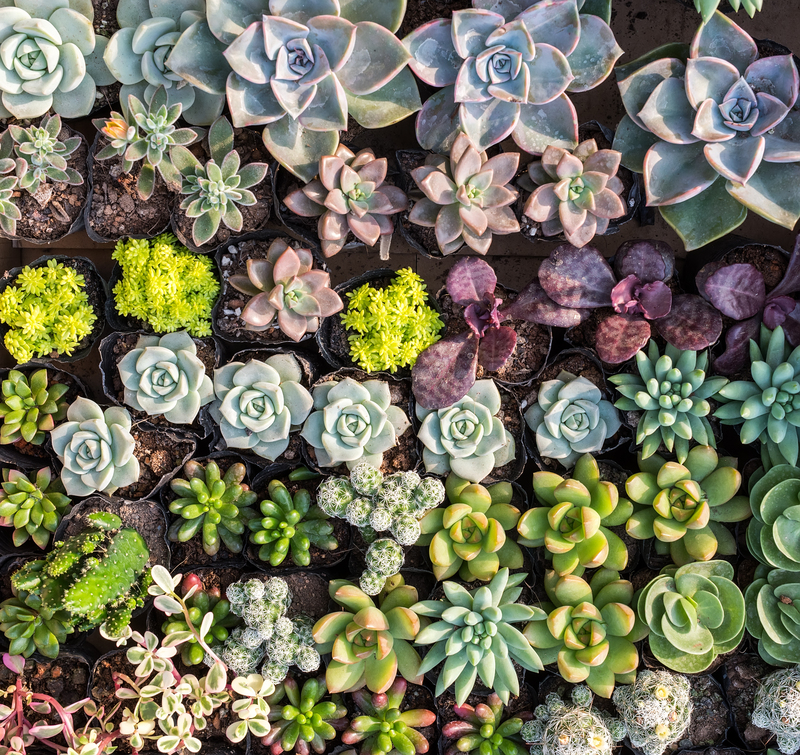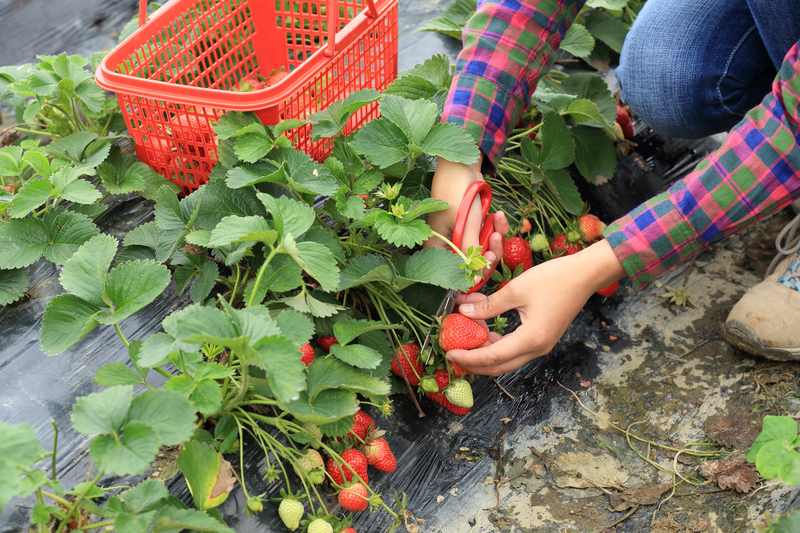One of the first steps in defending your plants against harsh conditions is understanding the particular climate and weather patterns in your area. Each region has its own set of challenges, whether it's excessive heat, prolonged cold, heavy rainfall, or drought conditions. Knowing what to expect throughout the year will prepare you to take the necessary precautions to protect your plants.
Choosing the Right Plants
Not all plants are created equal when it comes to surviving harsh conditions. Some are naturally more resilient to heat, cold, and drought than others. When planting a garden, prioritize native species and those that are specifically adapted to your climate. These plants have evolved to withstand the local conditions and will require less intervention to stay healthy.

Soil Preparation and Maintenance
Healthy soil is the foundation of resilient plants. Start by testing your soil to understand its composition and pH level. Amend the soil as needed with organic matter such as compost or mulch to improve drainage, increase water retention, and provide nutrients. In addition, consider using raised beds to improve drainage and to avoid waterlogging during heavy rains.
Watering Strategies
Watering can make or break your garden during extreme weather conditions. During periods of drought, deep and infrequent watering is more effective than shallow, frequent watering. This encourages deep root growth, which helps plants access water stored in the soil. Drip irrigation systems and soaker hoses can deliver water directly to the root zone, minimizing evaporation and ensuring that plants get the moisture they need without wasting water.
Wind Protection
Strong winds can damage plants, dry out soil, and reduce the effectiveness of watering. Windbreaks, such as hedges, fences, or even strategically placed garden furniture, can mitigate wind damage. Row covers and cloches can also provide temporary protection against strong winds, especially for young and delicate plants.
Pest and Disease Control
Harsh conditions can make plants more susceptible to pests and diseases. Regularly inspect your plants for signs of damage and take prompt action if you notice any problems. Organic options like neem oil, insecticidal soaps, and beneficial insects like ladybugs can control pests without harming the environment. Maintaining proper plant spacing and pruning can also prevent the spread of disease.
Frost Protection
Frost can be a significant threat to plants, particularly in late spring or early fall. Temporary covers, such as bed sheets or frost blankets, can provide a few degrees of protection on cold nights. For more permanent solutions, consider using cold frames or greenhouses to create a controlled environment during frost-prone months.
Shade and Heat Protection
Excessive heat can be just as harmful as cold. Shade cloths and garden umbrellas can help reduce the intensity of sunlight and lower temperatures around your plants. Mulching can also help keep the soil cool and retain moisture. In the heat of the summer, watering plants early in the morning or late in the evening can help reduce evaporation and stress on the plants.
Pros and Cons
Pros:
- Ensures plant health and longevity
- Maximizes yield and aesthetics
- Reduces the need for chemical interventions
Cons:
- Can be time-consuming
- Requires initial investment in materials
- May require continuous monitoring and adjustments
Tips
- Plan your garden layout to include windbreaks and shaded areas.
- Use organic mulches to improve soil health and moisture retention.
- Monitor weather forecasts to take timely preventive actions.
- Regularly check and maintain irrigation systems.

Takeaways
- Understanding your local climate is crucial for plant protection.
- Choose plants that are naturally suited to your area's conditions.
- Healthy soil and proper watering are key to plant resilience.
- Wind and frost protection can save your plants from severe damage.
Conclusion
Defending your plants against harsh conditions requires a combination of understanding your local climate, choosing the right plants, and implementing effective protective measures. By following these strategies, you can ensure that your garden thrives even in the face of adverse weather conditions. Though it may require some effort and attention, the rewards of a healthy, vibrant garden are well worth it.





